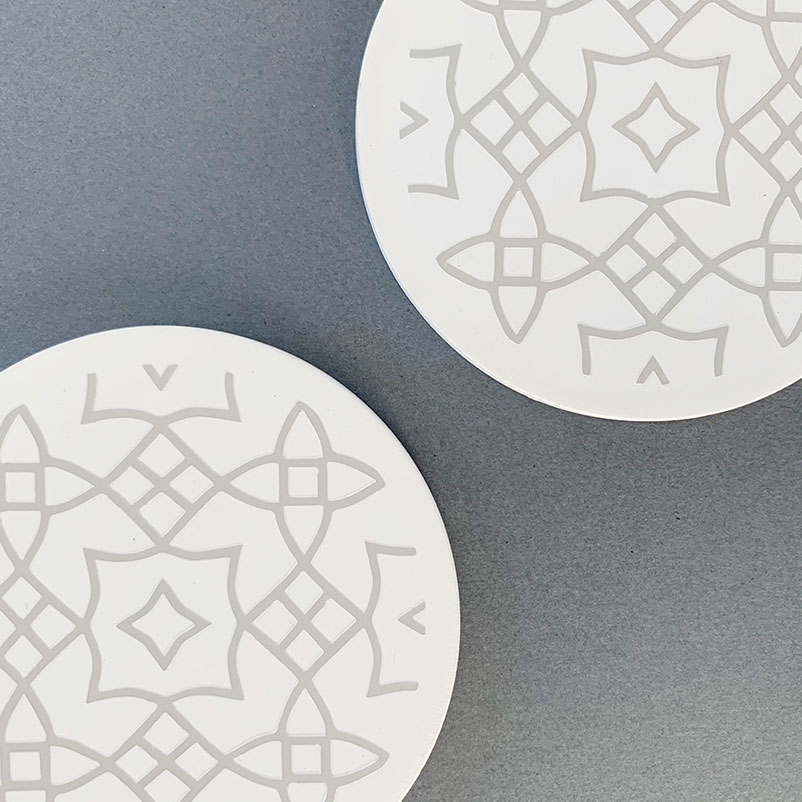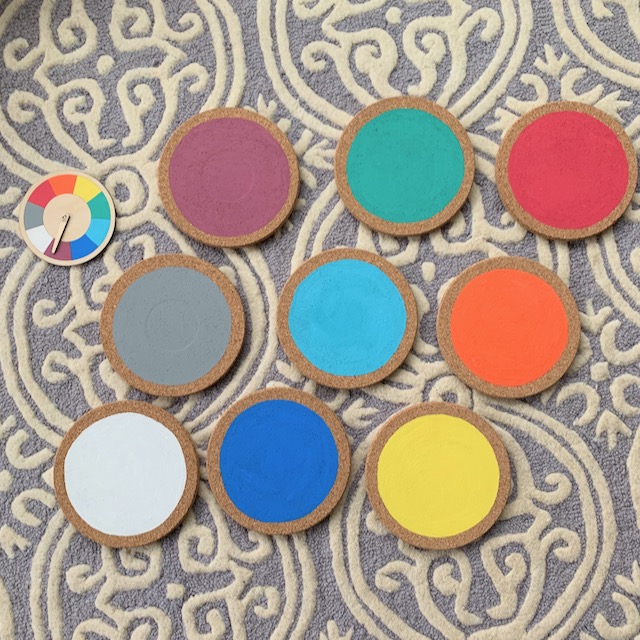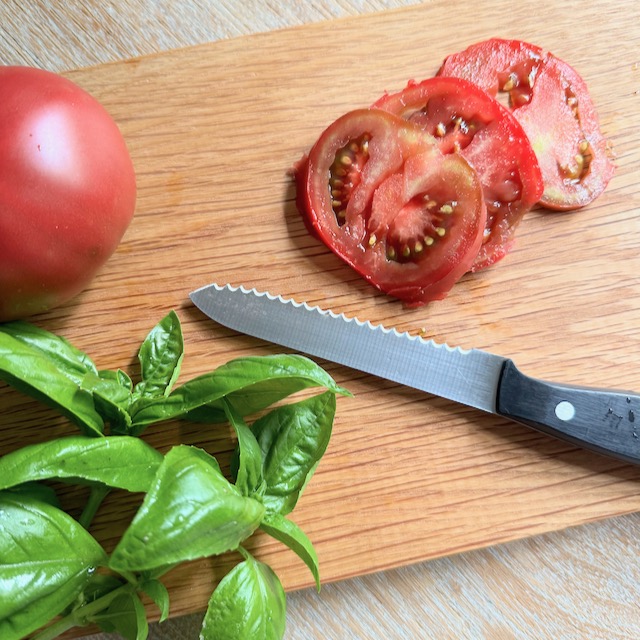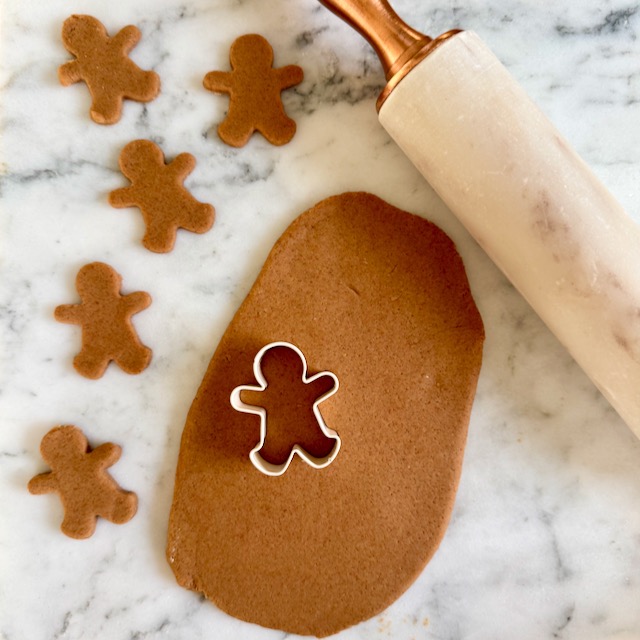Best Flowers and Foliage to Press
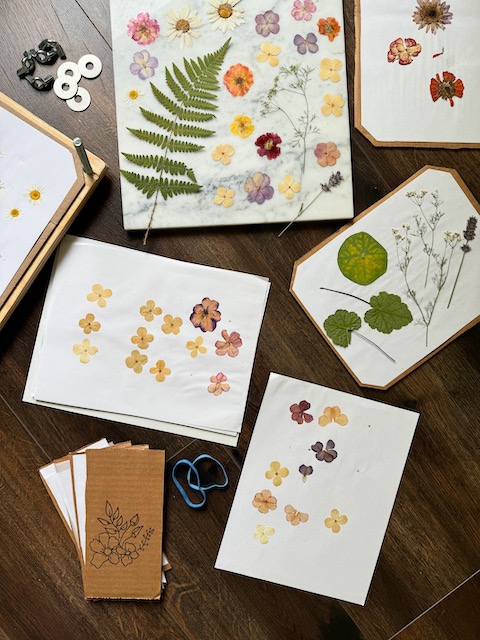
Pressing flowers and foliage is a timeless craft that allows you to preserve the beauty of nature in a flat, delicate form. Whether you’re crafting keepsakes or decor, choosing the right flowers and foliage is key to achieving the best results. Here’s a guide to some of the best flowers and foliage to press.
If you’re new to flower pressing, I wrote a blog post on three different ways to press flowers. Including simple methods to start right away and how to make a professional wooden press.
Best Flowers to Press
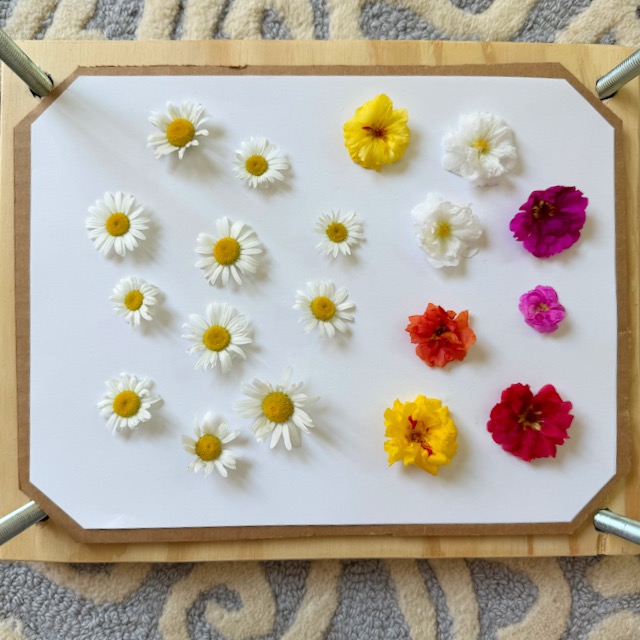
When selecting flowers for pressing, opt for blooms that are naturally flat or have a single layer of petals. These flowers press more easily and retain their color and shape well. Here are some top choices:
1. Pansies and Violas: These small, delicate flowers are perfect for pressing due to their vibrant colors and thin petals.
2. Daisies: Known for their simple structure and wide availability, daisies are an excellent choice for pressing.
3. Delphinium: With thin petals that flatten easily, delphiniums retain their beautiful blue hue when pressed.
4. Larkspur: Similar to delphiniums, larkspur flowers have delicate petals that press well.
5. Cosmos: These daisy-like flowers are ideal for pressing due to their flat shape and bright colors.
6. Violets: Small and colorful, violets press nicely and add vibrant pops of color. They also can be found native in untreated yards.
7. Buttercups: The thin, shiny petals of buttercups press well and maintain their bright yellow color.
8. Bougainvillea Bracts: Although not true petals, the thin, papery texture of bougainvillea bracts presses beautifully.
9. Hydrangea: The smaller individual flowers are perfect to press.
10. Forget-me-Nots or Impatiens: These flowers are popular annuals and come in a variety of colors. They are thin and press very well!
11. Individual Petals: some flowers have great petals, but are too thick to press as a whole (roses, marigolds). If you love these petals, simply pick them off and press them separately.
Best Foliage To Press
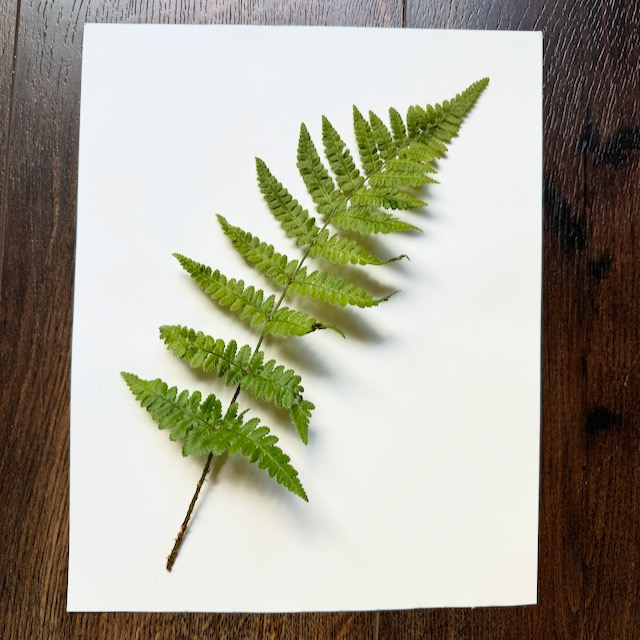
In addition to flowers, choosing the right foliage is essential for creating balanced and beautiful pressed arrangements. The best foliage for pressing includes leaves that are relatively flat, thin, and have a sturdy structure. Here are some top choices:
1. Ferns: Their delicate and intricate fronds press beautifully and add a lovely texture.
2. Eucalyptus: The small, round leaves of eucalyptus press well and retain their silvery-green color.
3.Ivy: Both English ivy and other types of ivy have flat, sturdy leaves that are excellent for pressing.
4. Maple Leaves: Particularly those with vibrant fall colors, maple leaves press well and make striking additions to pressed flower art.
5. Rose Leaves: The compound leaves of roses press nicely and complement pressed flowers.
6. Mint: Thin and aromatic, mint leaves are great for pressing and add a unique touch.
7. Sage: The textured leaves of sage hold up well during pressing and add an interesting look.
8. Ginkgo: The fan-shaped leaves of the ginkgo tree press well and have a distinctive appearance.
9. Hydrangea Leaves: Broad and flat, hydrangea leaves are suitable for pressing.
10. Japanese Maple: The delicate, finely cut leaves of Japanese maples press beautifully and maintain their intricate structure.
Tips for Pressing Flowers and Foliage

– Select Fresh, Dry Plants: Choose flowers and foliage that are fresh and free of moisture. This ensures they press evenly and retain their color.
– Use Parchment or Blotting Paper: Place the plants between sheets of parchment or blotting paper to protect them and help absorb moisture.
– Apply Even Pressure: Use heavy books or a dedicated flower press to apply even pressure, ensuring the plants dry flat and smooth.
– Monitor Progress: Check your pressed plants periodically to ensure they are drying properly and to replace any damp paper if necessary.
Have Fun!
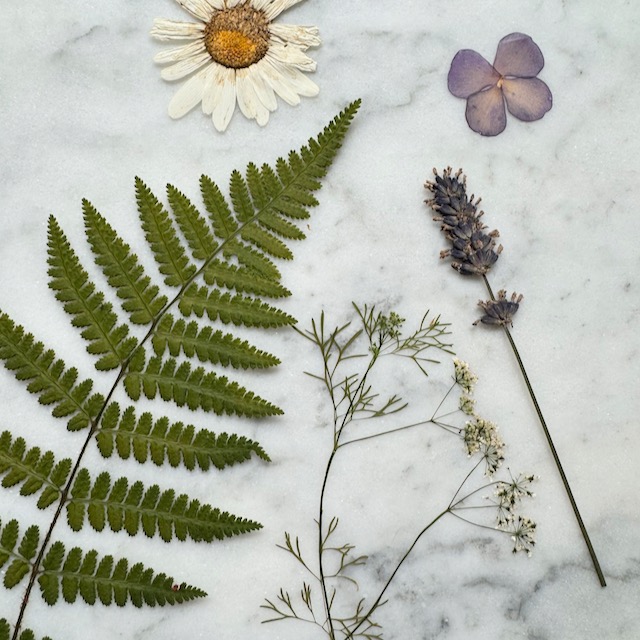
Pressing flowers and foliage is a delightful way to preserve the beauty of nature. By selecting the right flowers and leaves, you can create stunning pressed art that captures the essence of the garden.
Whether you’re new to pressing or a seasoned enthusiast, experimenting with different types of plants can yield beautiful and unique results. Keep experimenting with the best flowers and foliage to press. Happy pressing!
